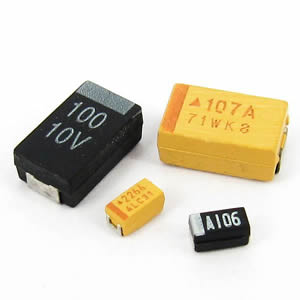2PAC Mafia
Member
Hello,
I was thinking this component was a capacitor but when I measure with LCR it recognizes as a resistor with very low value as a short (it´s not damaged because I measure different ones with same behavieur). Anybody knows what is it?
I was thinking this component was a capacitor but when I measure with LCR it recognizes as a resistor with very low value as a short (it´s not damaged because I measure different ones with same behavieur). Anybody knows what is it?



